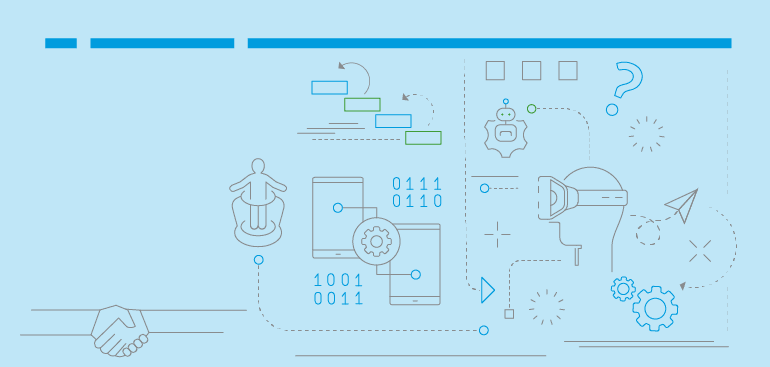By Salim Mohamed, RSM South Africa
The digital revolution is well underway. Terms such as automation, data analytics and big data have become commonplace amongst those in the auditing profession. The requirement to audit large amounts of data has opened up the pathway for auditors to begin exploring varied options, such as, a controls-based audit approach, continuous auditing and increased reliance on analytical procedures. Data analytics is increasingly playing a significant role within the auditing profession.
At its simplest level, data analytics provide the ability to sort and examine any available raw data to identify anomalies and interpret trends within the data. This is not a particularly new concept, although there is now a growing move towards the integration of data analytics as part of the auditing methodology. This not only helps to obtain audit evidence but it also assists in effectively addressing the relevant assertions.
From an auditor’s perspective, the main use for data analytics is to improve the overall audit quality, along with adding value to their client’s business. Data analytics allow auditors to extract and analyse large volumes of data that assists in understanding the client, but it also helps to identify audit and business risks.
An important facet of audit data analytics is independently accessing data and extracting it. Data that is provided by the client requires testing for accuracy and completeness before it can be relied on. While the security and confidentiality of data is always of concern, audit engagement clauses and secure IT environments ensure that any data provided is protected at all times.
Secure IT environments ensure that data is always protected, therefore helping to mitigate any risks to security and confidentiality. The increase in understanding that is provided by analytical procedures is helpful in identifying risks associated with an engagement, which is in line with a risk-based audit approach. This allows for focused testing on these identified areas. Subsequently, this can be further enhanced through the allocation of more of the auditor’s time testing an area of risk, rather than verifying routine transactions.
Through using data analytics, the option of testing the entire population is opened and coverage of audit procedures is improved. This reduces or eliminates any sampling risks and can obtain a higher level of assurance. This is especially useful in areas where there are high volumes of transactions which occur with a relatively low individual transactional value, or where repetitive transactions are noted.
Data analytics software can assist in interrogating and extracting data from multiple sources in a simple and easy manner. Auditors can then run custom analyses, tailored to their clients’ specific risk profiles, with efficiency. Organisations often make use of more than one system for processing and recording transactions. This allows auditors to have a better understanding of the flow of data within the organisation as well as identifying any potential weaknesses that could result in a material misstatement in the accounting records.
More insightful and complicated analytics can be performed through access to the business systems. Audit data analytics typically utilise data fields that are not usually seen in reports generated from the system. For example, such fields may include the time of postings, capturer, post and approve user IDs, non-summarised transactional data, transaction references, and other such fields.
It is possible to automate procedures performed by data analytics and save them for future use. Analytics can be customised and tailored for specific industry, area, or client. They can also be part of the general auditing procedures that are performed for every audit. This realises efficiency in future audits whereby automated procedures are stored and run.
Data that has been extracted directly from a database ensures that its integrity is maintained and auditors can then manipulate it as required. It is commonplace to display the data visually to easily identify any outliers or exceptions as compared to a numerical presentation of data.
An opportunity is provided for management to engage in a discussion when analysing the results of analytics performed. This can help generate awareness of any exceptions or weaknesses that have been identified within the entity. Client accounting staff can find relief from the need to provide large, one-off data dumps and auditor reports as audit teams extract data directly on a regular basis.
In summary, there are still many challenges to overcome when audit teams look to seamlessly integrate data analytics into the external audit, but there are already numerous advantages being realised as data analytics gradually becomes an integral part of the auditing process. With continued advances in technology and with continuous emphasis on quality driven audits, data analytics will play an even more important role for both auditors and the business entities being audited.




